What's with all of these confusing terms? And why does my plane keep turning left!?
Certain aspects of model aircraft building tend to elude pilots for years (and I'm no exception) so here’s an 'Aerodynamics Simplified' type article to clarify three particular concepts, all to do with the propeller of your RC plane.
Prop Wash
Prop Torque
Prop Torque is the influence of motor or engine torque on a plane’s roll axis.
On a single-engine/motor airplane with a clockwise turning prop, the aircraft will have the tendency to roll counterclockwise.
Remember Newton’s law?
“For every action there is an equal and opposite reaction”.
Keep this in mind when thinking about the force of your motor and the weight of your prop being turned by it. As you increase the RPMs of your propellor, the aircraft will react by rolling the opposite way.
Larger props often create greater amounts of torque due to their greater mass. Some twin aircraft use counter-rotating propellers to cancel out the effect of engine torque - very helpful!
P-Factor
This is the least commonly known of the three concepts discussed in this article. I'll try to keep it simple.
P-Factor is all to do with asymmetric propeller loading; it’s where your prop creates more ‘pull’ or lift on one side of the aircraft, which causes the airplane to yaw.
This sometimes happens as your plane travels at a high angle of attack relative to the oncoming airflow. Quite simply, the descending propeller blade experiences a higher airflow and therefore creates more thrust than the ascending blade on the left side.
There you go! Quite understandable really.
Aerodynamics is a fascinating subject. If you want to learn more about simple aerodynamics and concepts relating to model aircraft, check out the other Guides and Tutorials articles on the site.





